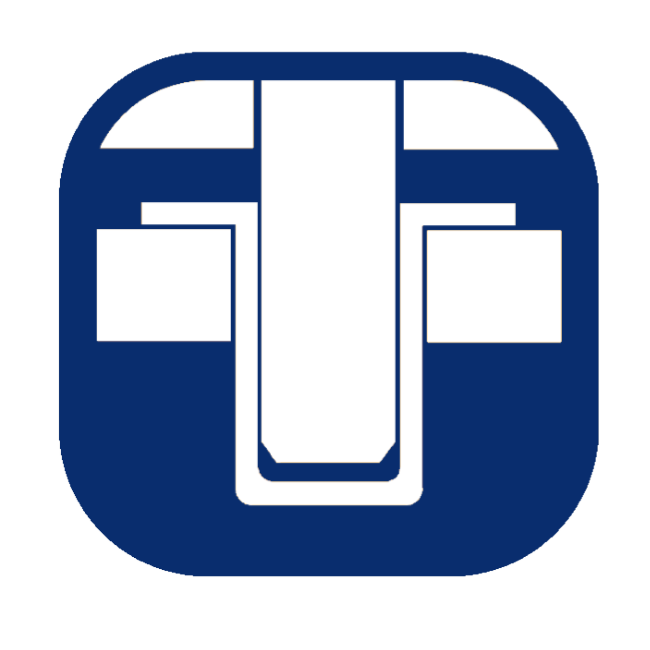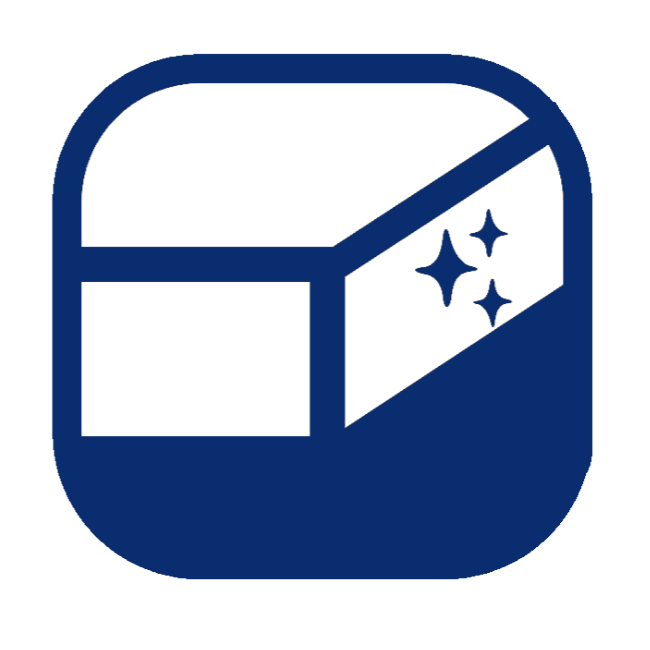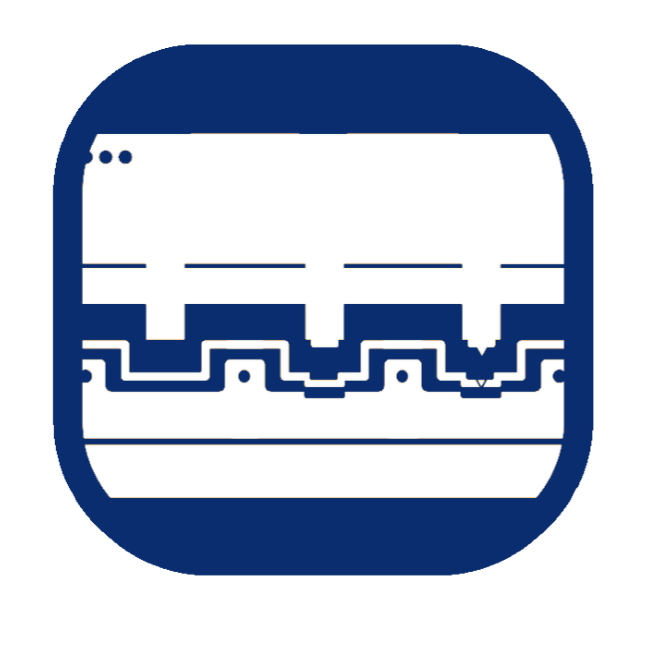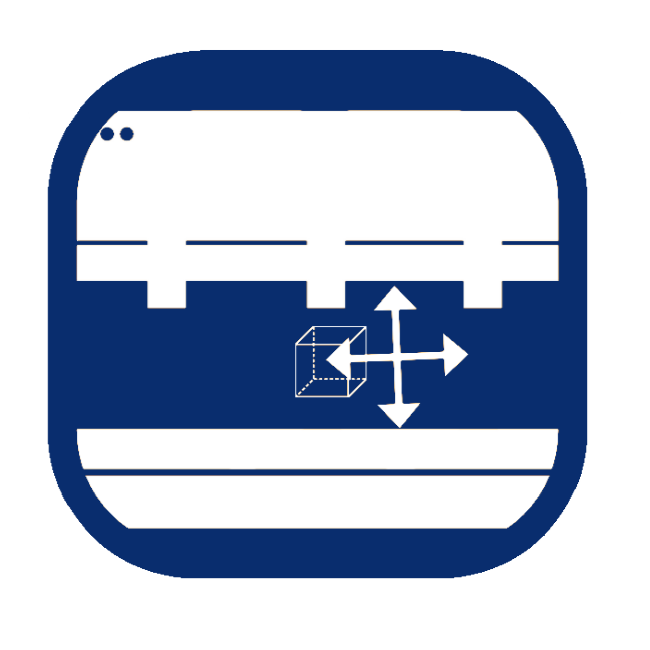The Definition of Metal Drawing
|
|
Metal drawing is the process to drawn sheet metal to become a deep, hollow shape by tooling design. It is one of the most widely used processes in sheet metal forming. Deep drawing is often used for parts and products that need to be made deeper than ordinary metal stampings, such as three-dimensional, open hollow parts. If the height of the product/part is divided by the diameter ≥ 0.5, it is a deep drawing part/product. |
The Applications of Metal Drawing
|
|
The application of metal drawing is not only on cylindrical and cup-shaped parts but cone-shaped, rectangle, spherical, box-shaped, and stepped or other irregular shapes. Combined with other stamping processes, the metal drawing process can produce parts in more complex shapes. The metal drawing process is widely used in the automotive industry, heavy industrial equipment, medical equipment, mechanical equipment, consumer electronics, household equipment, hardware parts, tableware, valves, and engines. |
The Materials of Metal Drawing
Aluminum, brass, bronze, copper, SUS304, SUS430, SPCC, SPHC, SPHE, etc.
The Process of Metal Drawing
Usually, some simple parts can be produced by one drawing step, however, if parts are deeper or more complex, multiple steps/processes are required. In general, the deep drawing process includes: cutting/blanking, initial drawing, secondary drawing, and re-drawing and will depend on the design to see if there is a need for piercing, notching, or cam piercing. The final step would be restriking and cutting off.
- Cutting blanks: Cut the required metal flat blanks.
- Preliminary drawing: Use a plate to fix and compact the flat blank and use the punching force of the male die to press the flat blank into the cavity of the female die to make parts formed into the desired shape roughly.
- Secondary draw or re-draw: That is, re-draw products/parts that cannot be completed at one time during preliminary drawing and increase the drawing depth.
- Pierce: According to customer needs and designs, punching holes can be made at the bottom/flat surface, which can be round holes, oval holes, or irregular shape punching.
- Notching or Cam piercing: Similar to piercing that punches middle holes, cam piercing can be made on the side walls of products/parts according to customer needs and designs, however, the shape of cam piercing is limited.
- Restriking: Adjust the features and shapes of products/parts.
- Blanking or cut-off: Output parts.
The Difference Between Metal Drawing and Metal Stamping
Both metal drawing and metal stamping processes are cold-forming techniques that use the punch force of a stamping machine to cut the material into the desired shape. Metal stamping mainly uses multi-process which include cutting, bending, punching, piercing, calendering, and rolling as the main process to form flat materials, which can produce products/parts with variable shapes and precision features. Metal drawing is mainly used to make materials cylindrical and cup-shaped which can produce deeper (higher), integrally formed three-dimensional, open hollow parts than metal stamping.
The Benefits of Metal Drawing
It includes the following strengths but is not limited to -
- It can be applied to a variety of materials: aluminum, copper, brass, bronze, SUS304, SUS430, SPCC, SPHC, SPHE, etc.
- Some designs (such as cylindrical shapes) can only be made by the deep-drawn process, such as cones, rectangles, spheres, boxes, ladders, or other irregular-shaped thin-walled parts.
- High production efficiency - Compared to using other processes such as CNC machining to produce cylindrical parts, using a metal drawing process to mechanize and automate the process can reduce production man-hours and greatly improve production efficiency.
- Low cost:
1. The waste ratio of the metal drawing process is 30%~40% which is much lower compared to metal stamping (40%~70%).
2. Compared to the CNC machining process, parts made by a metal drawing process with dedicated tooling could reduce labor costs.
integrally formed metal drawing process can eliminate the secondary processing process (eg: welding), thereby reducing the production time and process cost - The stability of the parts. Compared to manually made parts, parts made by a metal drawing process can reduce possible human error and control parts’ quality and stability efficiently. Also, the hardness of the material may change during calendaring and metal drawing process which increases the strength of the parts.
Metal drawing is also a necessary process to produce parts in a cup shape which can replace the traditional spinning forming process in mass production. - The spinning forming process is a forming technology that pushes materials onto a rotating mold manually or by machine and produces axially symmetric hollow parts.
The Drawbacks of Metal Drawing
It includes the following weaknesses but is not limited to -
- Not all metal materials can be used for the deep-drawn process. The hardness of the material must be suitable (for example: soft), however, if the material, such as C1100, is soft but lacks ductility it is not suitable for the metal drawing process as well.
- Higher research and development cost: The metal drawing process requests more tooling trials than the stamping process.
- Engineers' technical skill required for the metal drawing process is higher than in the stamping process.
The Key Factors of Metal Drawing
- The material thickness of metal drawing parts: Wall thickness will change accordingly during the metal drawing process, therefore, the skill of engineers and the ability to calculate is very important for the metal drawing process. In the past, many parts that made by turning process which has high processing costs and causes more material waste. To form parts by the metal drawing process can effectively control wall thickness and produce high-quality cup-shaped parts, especially the part that needs to have significant strength, are small in size, and is lightweight. Metal drawing technology is also a good choice for parts with geometric that cannot be produced by other processes.
- Material ductility: The metal drawing process is a cold-forming technology that makes parts from sheet metal to desired deep or hollow shapes. If the material is too hard or the electric conductivity is not good, it will be difficult to form parts.
- Sufficient engineers’ professional and material knowledge: Engineers have to evaluate material ductility, extension ratio, and the possible changes of material thickness during the metal drawing process to customers’ designs and requests. As a result, it is important to have sufficient knowledge of processes and materials.
- Machine selection: To select single or multi-station; progressive or transform and the buffer capacity of the machine by parts design or metal (height).
- Metal drawing is not suitable for all precision parts: The production process needs to be evaluated according to product design.
Layana's Capability of Metal Drawing
Layana engineering team has decades years of experience in multiple-step metal drawing of complex and precision parts. Layana is equipped with servo presses of up to 300 tons.
|
Category |
Specification |
|---|---|
|
Part Diameter |
1.5-100 mm |
|
Material Thickness |
Up to 2.5mm |
|
Tooling Size |
Up to 2,200mm in length |
|
The pitch of the transfer dies |
130mm MAX. |
|
Roundness |
0.05mm |
|
Drawing Ratio |
1:3 (Depends on material and material thickness) |
Summary
In this industry, the deep-drawn process is less common in metal stamping technology. To become an expert in metal drawing, engineers have to have the opportunity to produce metal drawing parts, learn by doing, and gain more experience. Layana’s has a professional R&D team with engineers who have rich experience in metal drawing technology. Layana’s engineering team is knowledgeable about the processing of various materials and can provide feedback on manufacturability. Contact Layana for more information.




